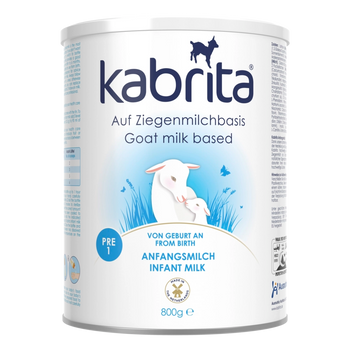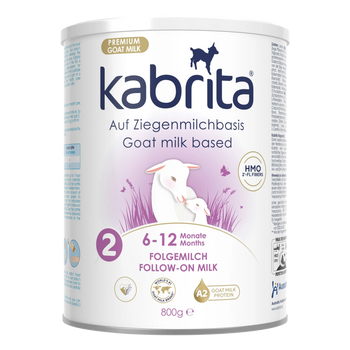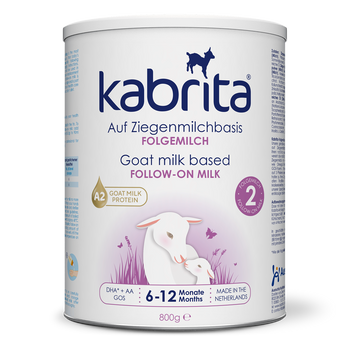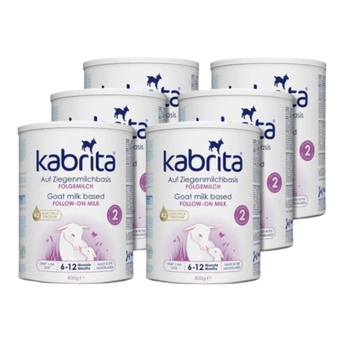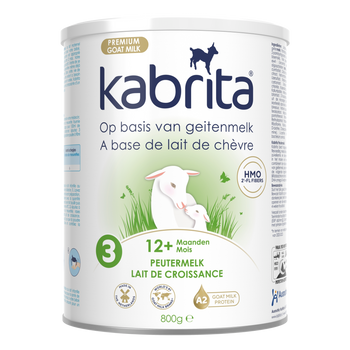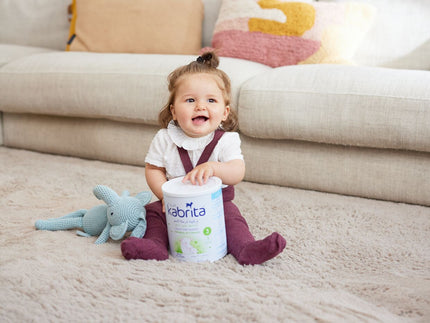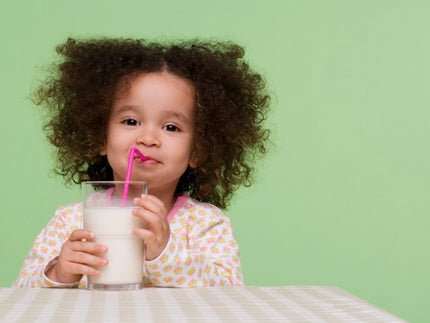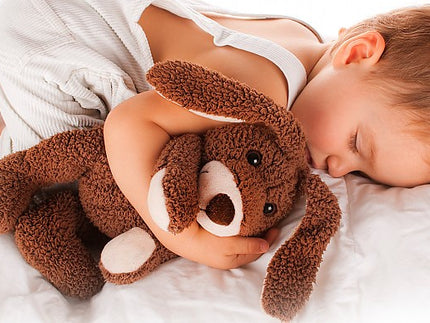RSV or cold in baby

A cold in babies is usually harmless, but your little one can still suffer from symptoms like a runny nose, frequent coughing, and difficulty breathing. These can be distressing, especially for a small child. However, Respiratory Syncytial Virus (RSV) may initially resemble a cold but is far more serious. In this article, we’ll explore the causes of colds in babies, how to differentiate between a cold and RSV, and what you should and shouldn’t do if your baby catches a cold.
Is a cold in a baby harmless?
Yes, a cold in a baby is generally harmless and quite common. Since your baby's immune system is still developing, they can catch as many as ten colds a year. While this is normal, it can certainly be frustrating. Your little one will likely experience breathing difficulties, a runny nose, and frequent coughing.
What causes a cold in babies?
It’s nearly impossible to prevent your baby from catching a cold. Their immune system is still developing, making them more susceptible to the viruses that cause colds. There isn't a specific virus that causes a cold; rather, there are numerous viruses that can lead to a cold. When there’s a so-called cold epidemic, many viruses can circulate that may infect your baby. This also explains why your baby might catch colds back-to-back. As your baby grows older, their immunity will improve, reducing their susceptibility to colds.
Read also: Flu and feverSymptoms of a cold in babies
The symptoms of a cold in babies are similar to those in adults, as it’s essentially the same illness: inflammation of the mucous membranes in the throat, nose, and sinuses. Some common symptoms include:
- Coughing
- Sneezing
- Blocked or runny nose
- Watery eyes
- Increased crying
- Being clingy
- Head and throat pain
Is a cold contagious?
It’s no coincidence that your baby catches colds more often after starting nursery or daycare. Cold viruses spread rapidly, and a cold can be easily transmitted. This can happen through the air or through physical contact. The risk of transmission is higher when babies are close together, as is often the case in daycare settings. Therefore, while it’s difficult to avoid a cold, with the right precautions, you can help ensure your baby catches them less frequently.
Do's and Don'ts when your baby has a cold
If your baby has caught a cold, there are several do's and don'ts to keep in mind.
Do's:
- Wash hands regularly: Clean your hands and your baby’s hands often, especially after changing nappies or sneezing.
- Limit exposure to cold air: Avoid taking your baby outside in cold air until their coughing subsides.
- Keep the room comfortable: Ensure the baby’s room is not draughty but also not too warm. A temperature of 15-18°C is ideal.
- Increase fluids: Keep your baby hydrated to help soothe their throat and loosen mucus.
- Use steam: Sit with your baby in a steamy bathroom so they can inhale warm, moist air.
- Maintain room humidity: Place bowls of water on radiators to prevent the air from becoming too dry.
- Use nasal aspirators: A nasal aspirator or saline spray can help clear your baby’s nose, making it easier for them to breathe.
- Dress in breathable fabrics: Dress your baby in cotton clothing to keep them comfortable and avoid overheating if they develop a fever.
- Elevate the mattress: If a blocked nose is interfering with sleep, slightly elevate the mattress to help your baby breathe more easily.
Don'ts:
- Avoid too much fresh air: While tempting, don’t expose your baby to too much outdoor air during a cold as it can prolong symptoms.
- Don’t use menthol rubs: Adult menthol ointments can be too harsh for babies. Instead, opt for baby-specific rubs from a chemist.
- Avoid overheating: Don’t set the thermostat too high. A comfortable, ventilated room is better for recovery.
- Don’t send your baby to nursery: While a cold is typically harmless, it can be uncomfortable for your baby, and they will benefit from being at home with you.
Symptoms of RSV in babies
RSV (Respiratory Syncytial Virus) can resemble a cold, especially in the early stages. Symptoms like sneezing, coughing, and a runny nose are similar. However, while a cold usually clears up within two weeks, RSV can persist and worsen.
Signs that your baby may have RSV include:
- Severe coughing fits that seem relentless, sometimes with gagging
- A heavy, wheezy breath
- Changes in skin colour: the skin appears grey
The RSV causes an infection in the airways (nose and throat), which explains the heavy breathing and frequent coughing. The risk of contracting the virus is highest during the autumn and winter months. Like a cold, RSV is highly contagious. The virus spreads through droplets in the air when someone with the virus coughs or sneezes. If your baby inhales this contaminated air, they can contract RSV. Reducing the risk of infection can be achieved by following the do's and don'ts that also apply to colds.
How to treat and prevent colds in babies
In most cases, a cold will resolve on its own. It may take some time; sometimes a cold in a baby can last up to two weeks. If it lasts longer or you’re concerned, a visit to the doctor is never a bad idea. Consult a doctor if your child appears lethargic, is breathing heavily, refuses to eat or drink, is breathless, or has had a fever for more than 24 hours.
For preventing both colds and RSV, follow the hygiene practices outlined above, such as frequent handwashing and keeping your baby’s environment clean and comfortable.
